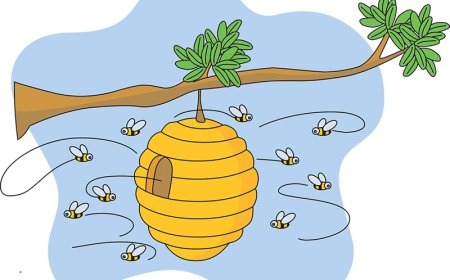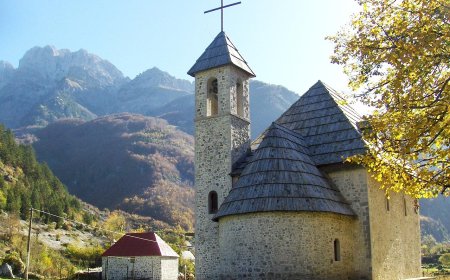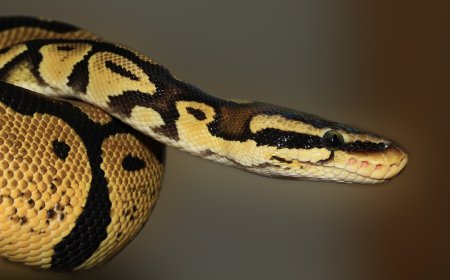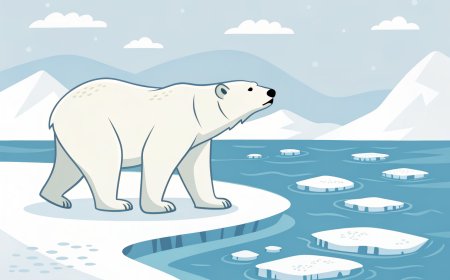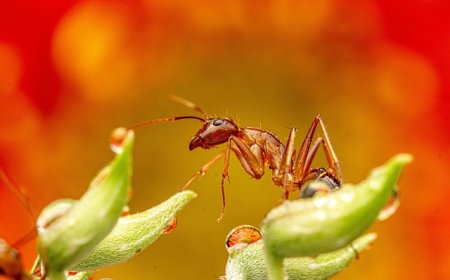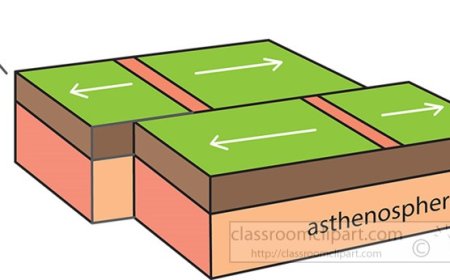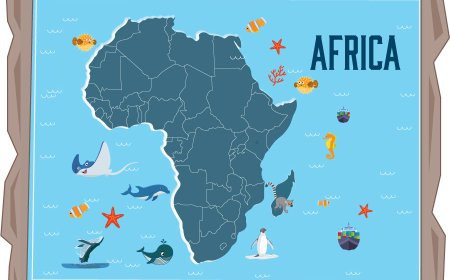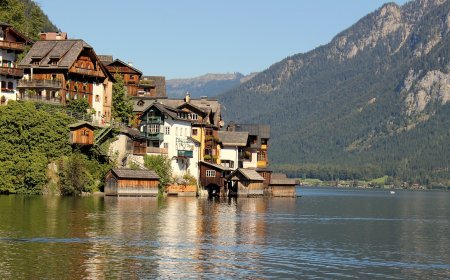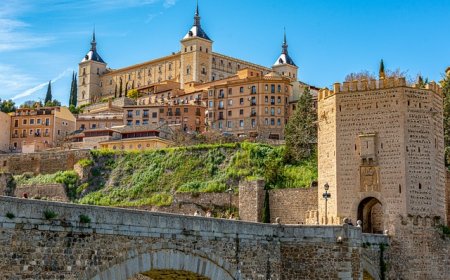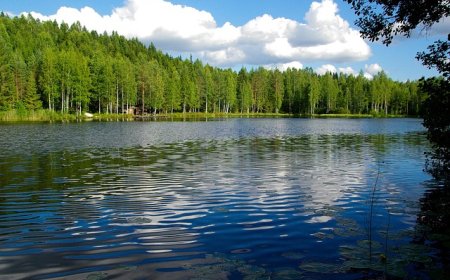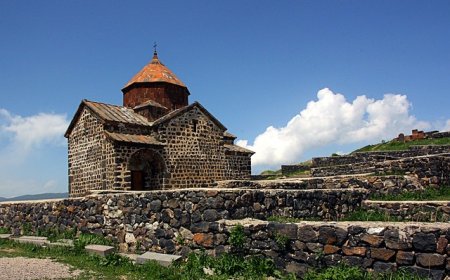Forms of Energy Explained for Students in Science
Learn about different forms of energy including kinetic potential thermal chemical light and sound with examples and definitions for students
🌟 Introduction
Energy is all around us. It makes things move, lights up our homes, and even keeps our bodies alive. In science, energy is defined as the ability to do work or cause change. That means whenever something happens-like a car driving, water boiling, or a guitar string vibrating-energy is being used. Even though we cannot see energy directly, we can see its effects. Scientists measure energy in a unit called the joule (J).
🔍 What Is Energy?
Energy is what allows forces to make objects move, change shape, or heat up. Without energy, nothing in the universe would happen. A toy car that rolls across the floor, a lamp that shines, or a campfire that warms your hands are all powered by energy. Scientists also compare energy and power: energy is the total amount of work done, while power is how fast energy is being used.
⚡ Main Forms of Energy
Kinetic Energy: Energy of Motion
Anything that is moving has kinetic energy. The faster or heavier an object is, the more kinetic energy it has. For example, a speeding soccer ball carries more kinetic energy than a gently rolling one. On a windy day, you can feel the kinetic energy of moving air pushing against you.
Potential Energy: Stored Energy
Potential energy is energy that is stored and ready to be used. Imagine holding a book high above the floor. The book is not moving, but it has gravitational potential energy because of its position. If you drop it, that stored energy changes into kinetic energy as the book falls. A stretched rubber band is another example-it holds elastic potential energy that can be released when you let go.
Thermal Energy: Heat
Thermal energy comes from the motion of tiny particles inside matter. The faster the particles move, the warmer the object feels. That is why a hot cup of cocoa has more thermal energy than a cold one. Thermal energy is what you sense as heat when you touch something warm.
Chemical Energy
Chemical energy is stored inside the bonds of molecules. When those bonds break during a chemical reaction, energy is released. The food you eat contains chemical energy, which your body uses to run, think, and grow. Batteries and fuels like wood or gasoline also release chemical energy when used.
Electrical Energy
This form of energy comes from the movement of electric charges, usually electrons. Electrical energy powers nearly everything in modern life, from lights and computers to refrigerators and smartphones. It can travel quickly through wires, making it easy to use in homes and schools.
Light (Radiant) Energy
Light energy travels as waves and does not need matter to move. This is why sunlight can travel through space to Earth. Light is more than what we see-it also includes invisible forms like ultraviolet rays, microwaves, and X-rays. Light energy lets us see and helps plants grow.
Sound Energy
Sound energy is made when something vibrates. Those vibrations travel through air, water, or solid materials as sound waves. When you strum a guitar, the strings vibrate and create sound energy that your ears can hear. Without matter, sound cannot travel, which is why space is silent.
🔄 Energy Transformations
One of the most fascinating things about energy is that it changes form. A roller coaster is a good example. At the top of the hill, the cars have potential energy. As they speed down, the potential energy changes into kinetic energy. Friction between the wheels and track turns some of that energy into thermal energy, and the rushing air creates sound energy. Energy is never lost, but it can change into forms that are less useful.
✨ Fun Facts
-
A hummingbird's wings beat so fast that it uses massive amounts of energy just to hover.
-
Doubling the speed of a moving object increases its kinetic energy by four times.
-
Every time you eat, your body is turning chemical energy in food into motion and heat.
📌 Key Takeaways
-
Energy is the ability to do work or cause change.
-
The main forms are kinetic, potential, thermal, chemical, electrical, light, and sound.
-
Energy can change from one form to another but cannot be destroyed.
🐾 Kid-Friendly Summary
Energy is what makes everything happen. It can be moving energy like a rolling ball or stored energy like a stretched rubber band. It can heat things up, make sounds, or light up a room. Energy never disappears-it just changes from one form to another.
📚 Vocabulary Words
-
Energy - The ability to do work or cause change
-
Kinetic Energy - Energy of motion
-
Potential Energy - Energy that is stored
-
Thermal Energy - Energy from heat
-
Chemical Energy - Energy stored in food, fuel, or batteries
-
Electrical Energy - Energy from moving charges
-
Light Energy - Energy that travels in waves, including visible light
-
Sound Energy - Energy made by vibrations traveling through matter
🧠 Interactive Quiz
Choose the best answer for each question.
-
What type of energy is the energy of motion?
- A. Potential energy
- B. Kinetic energy
- C. Thermal energy
- D. Sound energy
-
Which form of energy is stored in food?
- A. Thermal energy
- B. Light energy
- C. Chemical energy
- D. Kinetic energy
-
What type of energy does sunlight provide?
- A. Sound energy
- B. Light energy
- C. Potential energy
- D. Chemical energy
-
Which form of energy comes from vibrating objects?
- A. Sound energy
- B. Light energy
- C. Kinetic energy
- D. Chemical energy
-
What type of energy is stored in a stretched rubber band?
- A. Kinetic energy
- B. Potential energy
- C. Thermal energy
- D. Light energy


